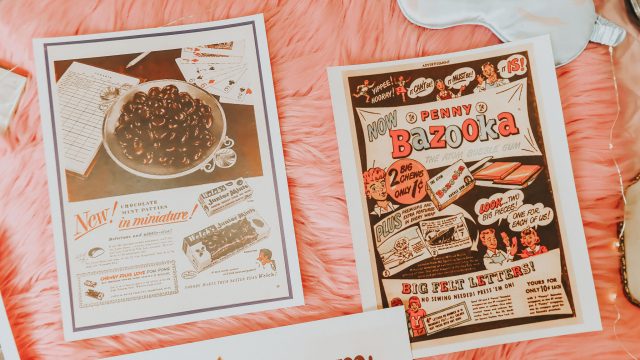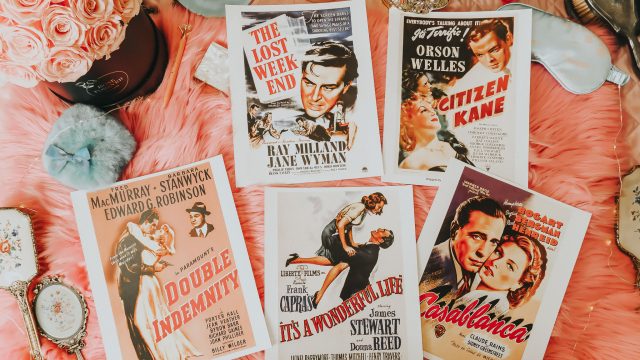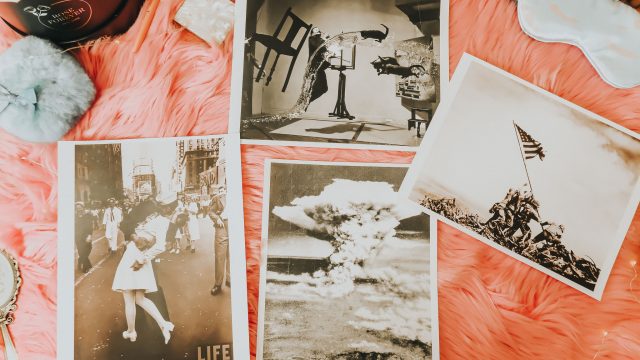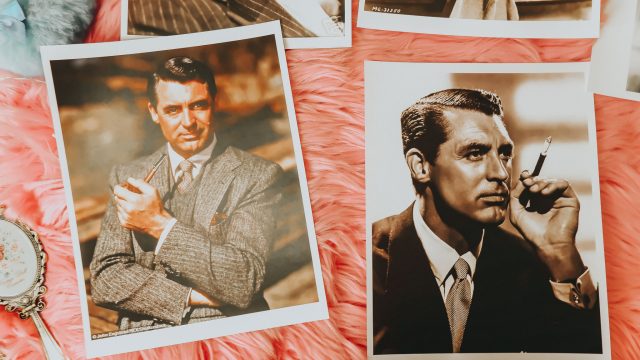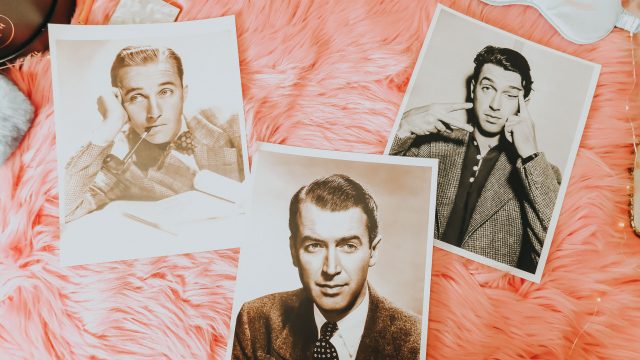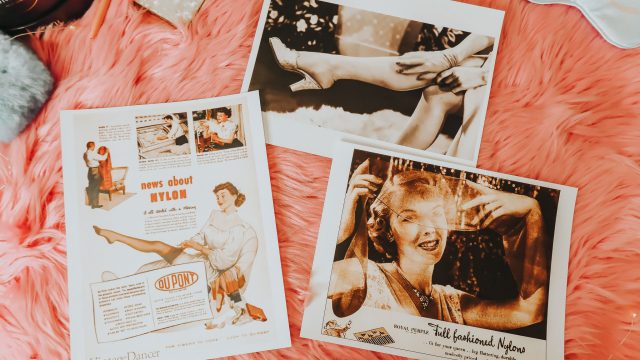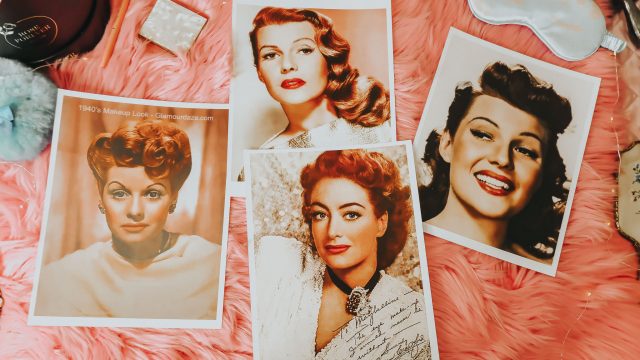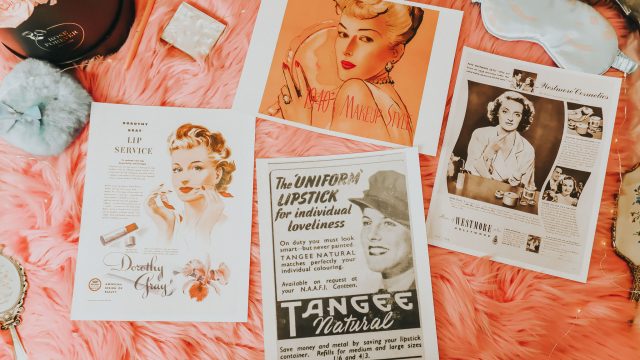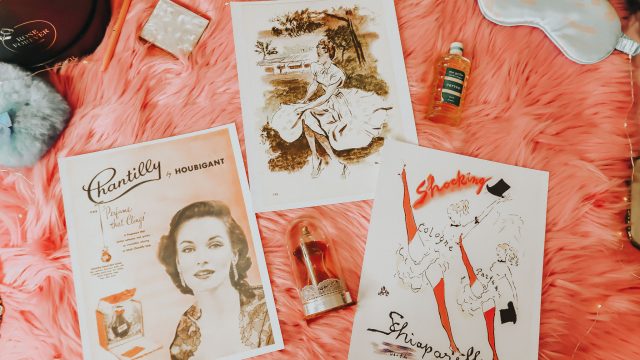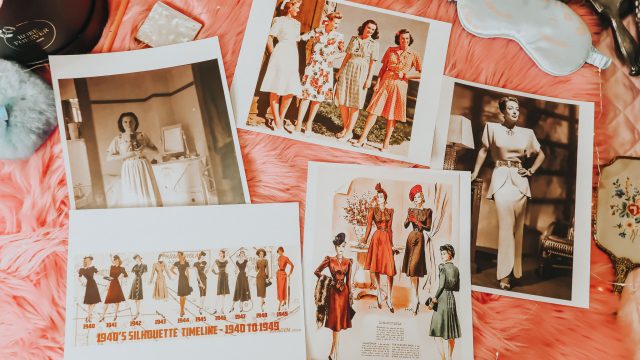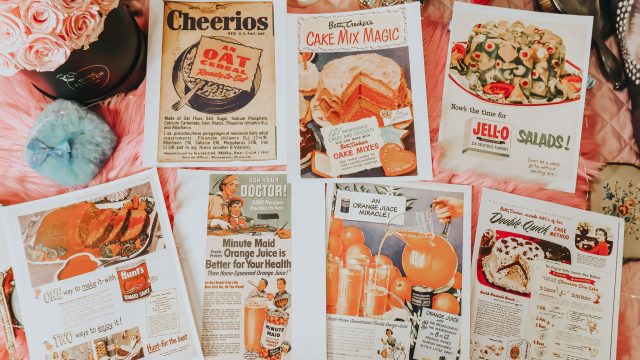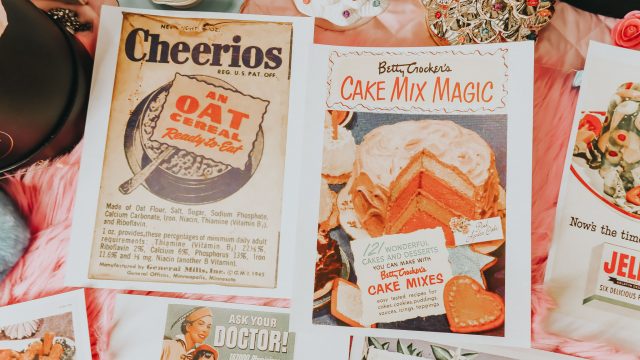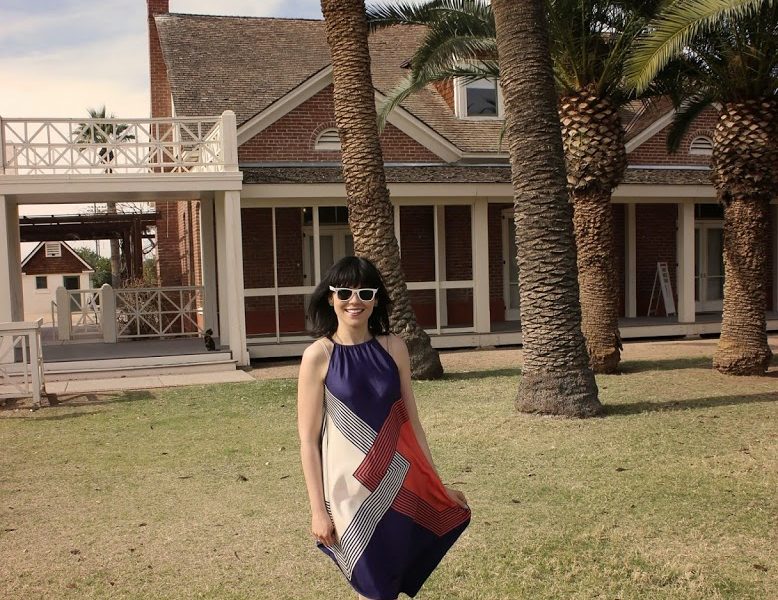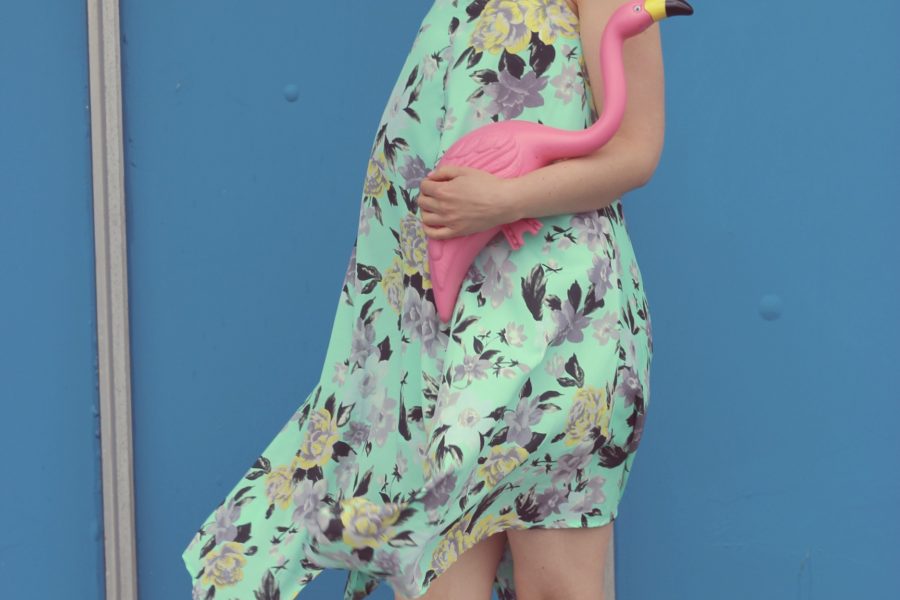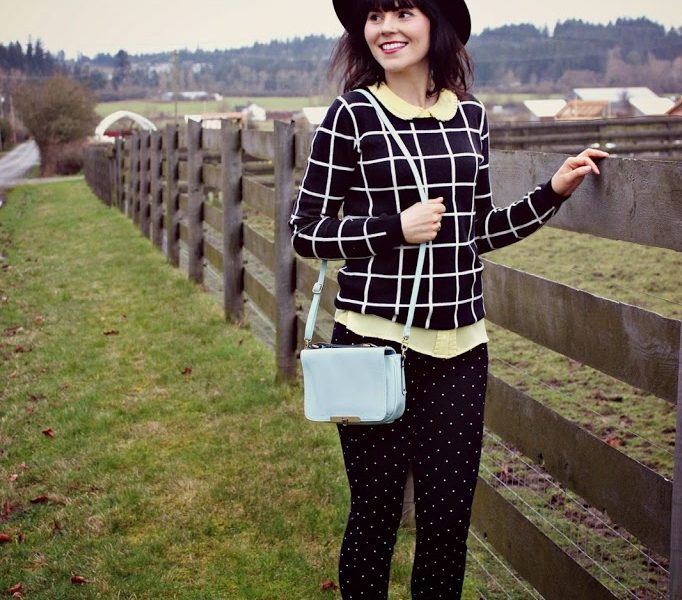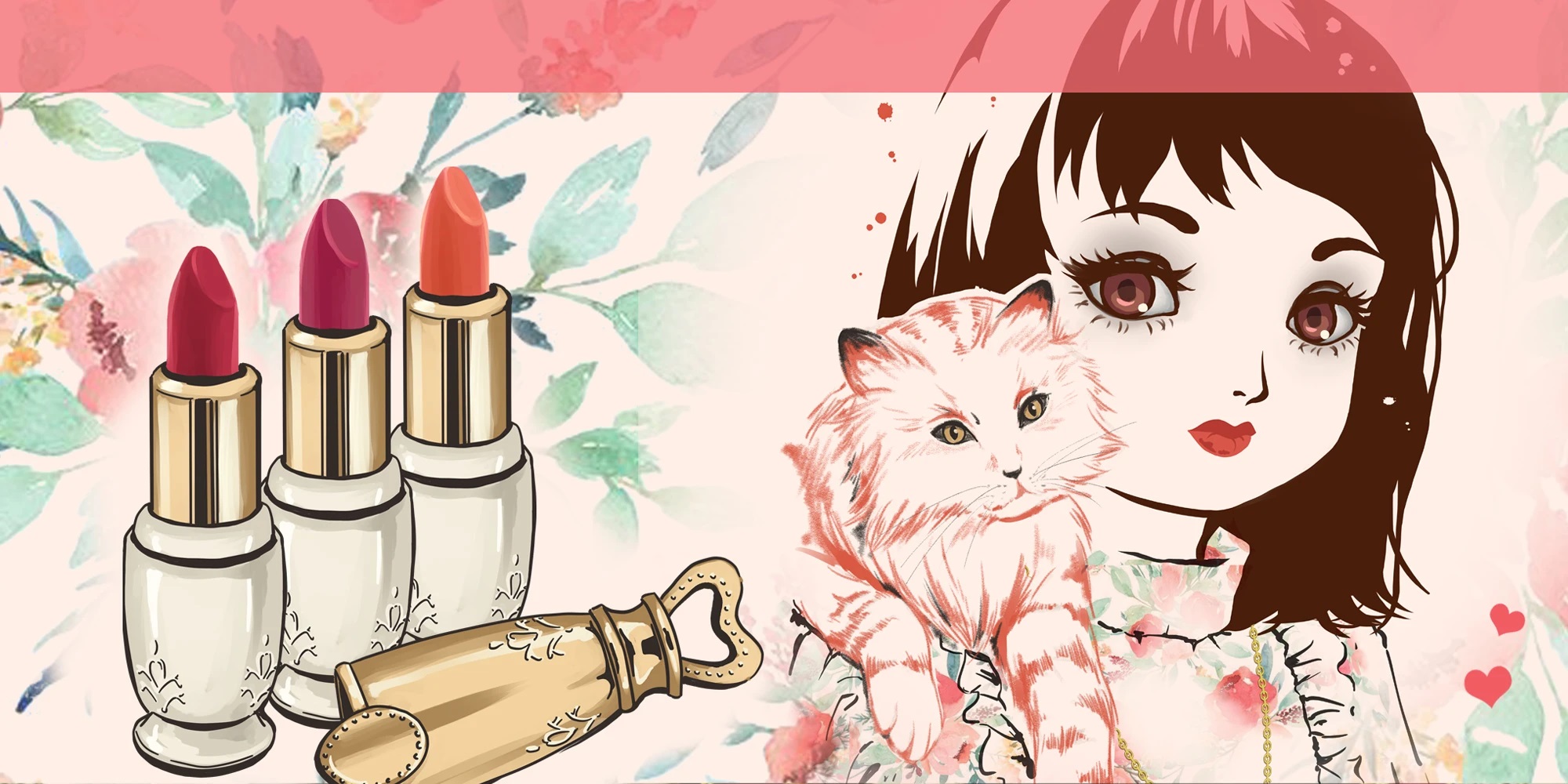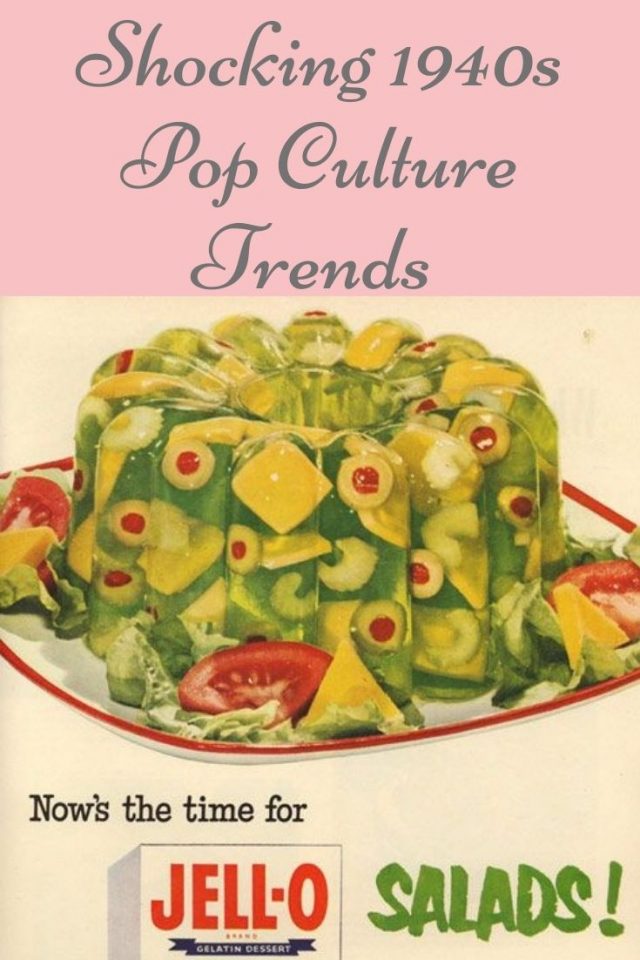
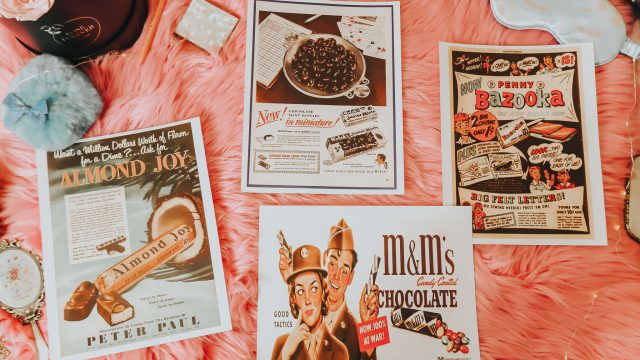
Hello lovelies, here are the most shocking pop-culture trends from the 1940s.
Nylon Stockings go on sale.
1. The synthetic material called nylon was invented in 1935 by DuPont researcher Wallace Carothers.
2. The material was introduced to the world in 1939 at the New York World’s Fair.
3. Commercial production of the fabric began in the later months of 1939.
4. Nylon stockings were sold to the general public beginning and were instantly popular, with millions of units sold right away.
5. As the United States entered the Second World War in late 1941, DuPont would have to devote their resources to war materials production. This meant that nylons would not be found for sale during the war years.
6. DuPont used the nylon material to help make parachutes, tents, and ropes during the war and nylon stockings became scarce commodities. They were highly sought after by women and could be found being sold and traded on the black market.
7. At the end of the war in 1945, DuPont announced that it would once again produce and sell nylon stockings. Unfortunately, they were unable to match the high demand right away.
8. In some cases, tens of thousands of women gathered to buy the limited stock of nylons, and riots broke out when customers were forced to compete for a small number of products.
9. The “Nylon Riots” ended by 1946 when full production was better able to meet the customers’ needs.
10. DuPont did keep a monopoly on the product until the early 1950s when they started to allow licenses to other companies to produce the material, leading many people to believe that they made the stockings scarce on purpose.
Popular Movies
Citizen Kane (1941)
Citizen Kane is a 1941 American drama film by Orson Welles, its producer, co-screenwriter, director and star. The picture was Welles’s first feature film. Nominated for Academy Awards in nine categories, it won an Academy Award for Best Writing (Original Screenplay) by Herman J. Mankiewicz and Welles. Considered by many critics, filmmakers, and fans to be the greatest film ever made.
Casablanca (1942)
Casablanca is a 1942 American wartime romantic drama film directed by Michael Curtiz and starring Humphrey Bogart, Ingrid Bergman, and Paul Henreid. Filmed and set during World War II, it focuses on an American expatriate (Bogart) who must choose between his love for a woman (Bergman) and helping her and her husband (Henreid), a Czech resistance leader, escape from the Vichy-controlled city of Casablanca to continue his fight against the Germans.
Double Indemnity (1944)
Double Indemnity is a 1944 American psychological thriller film noir directed by Billy Wilder, co-written by Wilder and Raymond Chandler, and produced by Buddy DeSylva and Joseph Sistrom. The screenplay was based on James M. Cain’s 1943 novella of the same name, which initially appeared as an eight-part serial in Liberty magazine, beginning in February 1936.
It’s a Wonderful Life (1946)
t’s a Wonderful Life is a 1946 American Christmas fantasy drama film produced and directed by Frank Capra, based on the short story and booklet The Greatest Gift, which Philip Van Doren Stern published in 1943. It’s a Wonderful Life is considered one of the greatest films of all time.
The Lost Weekend (1945)
The Lost Weekend is a 1945 American film noir drama film directed by Billy Wilder starring Ray Milland and Jane Wyman. It was based on Charles R. Jackson’s 1944 novel of the same name about an alcoholic writer.
Famous 1940s movie stars
Laurence Olivier
Laurence Kerr Olivier, Baron Olivier, May 22 1907 – July 11 1989) was an English actor and director.
Cary Grant
Cary Grant (born Archibald Alec Leach; January 18, 1904 – November 29, 1986) was an English-born American actor who was one of classic Hollywood’s definitive leading men. He is known for his transatlantic accent, debonair demeanour, light-hearted approach to acting, and sense of comic timing.
James Stewart
James Maitland Stewart (May 20, 1908 – July 2, 1997) was an American actor, singer and military officer. Known for his distinctive drawl and everyman screen persona, Stewart’s film career spanned 80 films from 1935 to 1991. With the strong morality he portrayed both on and off the screen, Stewart epitomized the “American ideal” in the twentieth-century United States.
Henry Fonda
Henry Jaynes Fonda (May 16, 1905 – August 12, 1982) was an American film and stage actor who had a career spanning five decades in Hollywood. Fonda cultivated a strong, appealing screen image in several movies now considered classics, earning one Academy Award for Best Actor on two nominations.
Vivien Leigh
Vivien Leigh November 5, 1913 – July 8, 1967; born Vivian Mary Hartley and styled as Lady Olivier after 1947) was a British and film actress. She won two Academy Awards for Best Actress for her definitive performances as Scarlett O’Hara in Gone with the Wind (1939) and Blanche DuBois in the film version of A Streetcar Named Desire (1951).
Ginger Rogers
Ginger Rogers (born Virginia Katherine McMath; July 16, 1911 – April 25, 1995) was an American actress, dancer, and singer during the “Golden Age” of Hollywood and is often considered an American icon. She won an Academy Award for Best Actress for her starring role in Kitty Foyle (1940) but is best remembered for performing during the 1930s in RKO’s musical films with Fred Astaire. Her career continued on stage, radio and television throughout much of the 20th century.
Hedy Lamarr
Hedy Lamarr, born Hedwig Eva Maria Kiesler (November or September 9, 1914 – January 19, 2000), was an Austrian-American actress, inventor, and film producer. She appeared in 30 films over a 28-year career and co-invented an early version of frequency-hopping spread spectrum communication.
Veronica Lake
Veronica Lake (born Constance Frances Marie Ockelman; November 14, 1922 – July 7, 1973) was an American film, stage, and television actor. Lake was best known for her femme fatale roles in film noirs with Alan Ladd during the 1940s and her peek-a-boo hairstyle. By the late 1940s, Lake’s career began to decline, due in part to her alcoholism. She made only one film in the 1950s but made several guest appearances on television. She returned to the big screen in 1966 in the film Footsteps in the Snow (1966), but the role failed to revitalize her career.
Popular 1940s music
Popular Music
Bing Crosby was the leading figure of the crooner sound and its most iconic, defining artist. By the 1940s, he was an entertainment superstar who mastered all of the day’s major media formats, movies, radio, and recorded music.
1940s candy
ALMOND JOY
This satisfying and chewy was first introduced right after WW2 in 1946. Enjoy sweet coconut with whole crunch almonds in a creamy milk chocolate bar.
BAZOOKA BUBBLE GUM
Enjoy individually wrapped soft retro bubble gum! This is a true nostalgic candy from the 40s. Unwrap each piece for a sweet gum, plus a fun comic.
JUNIOR MINTS
Authentic creamy mints in pure chocolate. This fresh-mint chocolate-covered candy was first invented in 1949 by the American candy company, James O. Welch Company.
M&M CHOCOLATE CANDIES
M&M Chocolate Candies are a retro war time candy. They first bade their debut in 1941 by the inventor Forrest Mars. While serving in the civil war in Spain, Mars noticed British soldiers eating handfuls of round candy. This inspired his creation, which happened to be the M&Ms Chocolate Candy that we all drool over. Interestingly, M&Ms are given to soldiers during WW2 as they would not melt and served as an excellent source of protein and energy for exhausted soldiers. The U.S. Army quickly became M&Ms largest customer, and since then, M&M candies have been apart of our lives.
Popular 1940s Food
The second World War ended in 1945, so people needed to ration supplies and substitute for pricier ingredients. Even if you had the money, you might not get the items you wanted from the market. Consequently, individual meals were improvised, and a little had to go a long way. People got creative, though. And foods from the 1940s turned out to be unique and innovative.
Here are a few of the most popular foods from the 1940s.
Jell-O Salad
Everyone ate Jell-O in the 1940s, even if it was in salad form. No, these salads didn’t include lettuce. They were made in big, fancy Jell-O moulds, and many people took them to parties.
Potato And Hot Dog Salad
This combination is a prime example of quirky foods from the 1940s. People jazzed up their potato salad with chopped hot dogs. And they got a good serving of protein, too.
In fact, in 1939, the White House added hot dogs to the presidential menu. Food manufacturers didn’t package hot dogs in convenient plastic wrap until the 1940s, though
Meatloaf
Meatloaf was a big deal back in the 1940s. And there were so many different recipes for it.
Cheerios
Cheerios may be a considerable part of your breakfast routine now, but they were relatively new in the ’40s. Lester Borchardt collaborated with General Mills and invented the cereal in 1941.
Betty Crocker’s Cake Mix
The war made it necessary for more women to get jobs in the 1940s. Consequently, women had less time to cook, and so instant products, like cake mixes, became more popular.
Concentrated Orange Juice
Those cans of frozen juice in the grocery store might seem pretty odd now. It was a trendy drink option in the 1940s, however. Apparently, in 1942, the Army wanted the troops to get as much Vitamin C as possible, but they didn’t want the vitamin to taste gross.
In 1945, they found a solution, and concentrated orange juices became more popular.
The product was initially called Minute Maid — ever heard of it?
1940s inventions
The Color Television
However, it was CBS and Peter Goldmark in the early 1940s who pioneered a system that transmitted an image in each of the three primary colours. Their T.V. was based on Baird’s designs. Nevertheless, by the 50’s the colour television already made its way to the homes of families in the West.
Microwave Oven
Percy Spence is the man that brought the microwave over into existence in 1947. The invention was based on radar technology that was created during the war. However, it was still far from the microwave that you love today. The countertop friendly microwave did not make its way to the market until 1967
The Jukebox
Though the first coin-operated jukebox was already around in the 1890s, the jukebox you know today did not appear until the 1940s. The jukebox was so popular that at some point, nearly ⅔ of all American-produced records were being played in jukeboxes across the country.
Popular Perfumes
Elsa Schiapirelli Socking
Elsa Schiaparelli added a Surrealist touch to Fashion: shoe-shaped hats, lobster dresses, insect necklaces, extravagantly embroidered jackets – and an actual colour’ Shocking pink’, a hotter and more vibrant pink than Fashion had seen till now, which she chose ‘for the name of her first signature perfume. To quote from her biography, Shocking Life ‘The colour flashed in front of my eyes. Bright, impossible, impudent, becoming, life-giving, like all the light and the birds and the fish in the world put together, a colour of China and Peru but not of the West – a shocking colour, pure and undiluted.’ With its bottle based on Mae West’s curves, Shocking was advertised with imagery from Schiap’s Surrealist artist friends Salvador Dali and Marcel Vertes. Europe was in the midst of some dark times, a the moment of Shocking’s launch: the rise of Fascism, deepening economic woes, and political upheaval that would change not only lives but the very map of the world as the decade closed. But Shocking, like Schiaparelli’s Fashion, offered a momentary escape: bursting with sparkling aldehydes, but with a sexy fusion of jasmine, roses and ylang-ylang at heart, and raunchy dollops of civet, sandalwood and incense.
Carven’s Ma Griffe
Carven’s Ma Griffe was launched by parachuting tiny samples of scent over Paris. Carven showed real marketing savvy for the unveiling of her chypre in 1946 – and for the first time, this perfume specifically targeted younger women. Already a darling of the couture set, Carven hired a small plane to fly over Paris and drop thousands of tiny green and white parachutes (the perfume box’s colours), each with a cargo of a sample of the fragrance. Parisians were stunned, and a massive traffic jam was created. It was a symbolic moment, indicating a war-battered community that France, luxury and the perfume industry were firmly back on track.
1940s Beauty products
1940s makeup is one of the most “vintage” looks and relatively simple to recreate. There was a push for all things natural, unlike the 1930s and 1950s, which favoured reshaping eyebrows and contouring the face.
During the war, European women dealt with massive cosmetics shortages, as petroleum and alcohol – some of the main ingredients in makeup– were used for the war effort. When makeup ran out, women turned to home remedies to substitute, such as using beetroot juice to stain lips and petroleum jelly to darken lashes and shape eyebrows.
In the United States, cosmetics continued to be manufactured throughout the war and were seen by the government as a morale booster for busy women. Women were encouraged to wear makeup to hide the sadness and attract men, even while at work. Athletes even wore makeup. Colour films had a significant impact on the market, as women could now imitate the shades worn by Hollywood starlets. By 1948, between 80 and 90 percent of women wore lipstick, two-thirds wore rouge, and a quarter wore eye makeup.
In the 1940s, women’s makeup was a huge industry, with brands such as Coty and Tangee notably becoming major rivals to cosmetic brand leaders like Max Factor, Helena Rubinstein, Maybelline, Elisabeth Arden and Dorothy Gray. Not even another world war was going to halt the advance of Fashion in the 1940s.
Popular 1940s Fashion
If a woman was not naturally an hourglass shape, the clothes were designed to help her achieve the look. Being put together, cheerful, and practical was the job of women during WWII. 1940s fashion accessories such as hats, gloves, handbags, and jewelry completed an outfit, while natural makeup with bright red lips painted a happy face during difficult times.
1940s Fashion Trends
- Knee-length A-line dresses with puffed shoulders in patriotic colors.
- Plaid A-line skirts with white button-down blouses.
- Victory suits: man-tailored skirt and jackets.
- Wide leg, high waisted pants.
- Workwear overalls and jeans created the Rosie the Riveter look.
- Shoes – peep-toe heels, loafers, Oxfords, and wedge sandals.
- The two-piece bikini debuted.
- Hats, turbans, headscarves, snoods, and flower clips topped women’s heads.
- Lingerie – seamed stockings, socks, simple bra, girdle, slip and panties.


